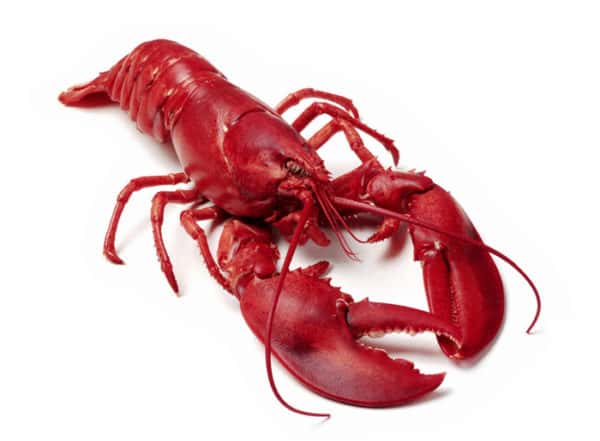This UBC chemist wants to turn lobster shells into biodegradable plastic

 No need to throw away those crab and lobster shells after a good meal, why not turn them into plastics? That thought comes from University of British Columbia chemist Mark MacLachlan who sees a growth industry in biomaterials by turning lobster shells into biodegradable plastic.
No need to throw away those crab and lobster shells after a good meal, why not turn them into plastics? That thought comes from University of British Columbia chemist Mark MacLachlan who sees a growth industry in biomaterials by turning lobster shells into biodegradable plastic.
“Shells are a large waste product from the food industry, shrimp shells and crab shells especially,” he said. “But the chemistry needed to transform them into something useful is not too difficult.”
Indeed, once the shells are processed to remove minerals and proteins, the resulting biomaterial is called chitin, a naturally occurring and highly abundant polymer -only cellulose is more common- with almost limitless potential as an extremely durable bioplastic, useful in making everything from food packaging materials and tires to dishes and coffee cups. Not only is this of potential advantage to the food industry which must dispose of the crustacean shells, but the resulting materials and products are biodegradable as well.
“Normal plastics come from the oil industry, so there’s a big drive to make greener plastics from natural materials like cellulose and chitin,” MacLachlan said.
One interesting application arrived at by MacLachlan’s research team has been the creation of electrodes for batteries. The team found that when put under extreme heat in a nitrogen-rich atmosphere, materials made of chitin develop a high capacity for storing electrical charge, due to their highly porous nature.
At the moment, the process is not cost-effective – “I think this would be too expensive to sell to Tesla,” MacLachlan says – but with further research and investment in sustainable technologies, the future for chitin looks bright.
In November of 2015, the European Union’s Bioeconomy Investment Summit profiled a new chitin extraction process which purports to be environmentally sustainable, cost-effective and a potential economic boon for both the seafood industry and economies as a whole that are attempting to scale back their reliance on fossil fuel-based materials. Engineered by the EU-funded CHIBIO project, the process uses microorganisms instead of chemicals to break down the crustacean shells and extract the chitin. The resulting material of the bio-refinery process is thus both waste-reducing as well as a new revenue stream.
“Chitin is this super material from crabs and other arthropods that over millions and millions of years has evolved this amazing structure that makes it really, really hard,” says MacLachlan. “So the plastics we make from it can have advantageous properties for different applications.”
Other researchers see chitin’s future value in the medical sciences. Materials scientist João Borges from the New University of Lisbon projects the development of chitin-based bioplastics for use in tissue engineering where they could provide a durable structure to help the body grow new tissues – and then, unlike petroleum-based plastics, dissolve away. The trick for medical applications of chitin, Borges says, will be in manufacturing biodegradable plastic with consistent and uniform structures, something Borges believes science has yet to create. “In the medical field we must have complete control over the properties of the material,” he says.

